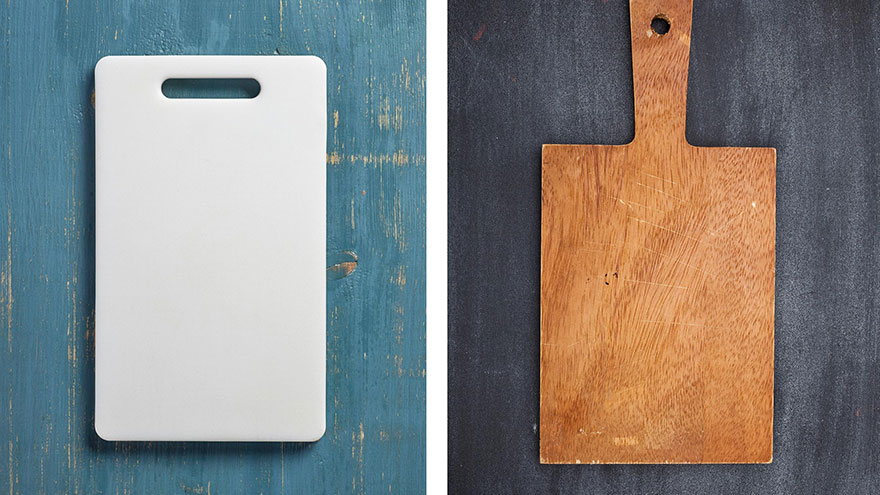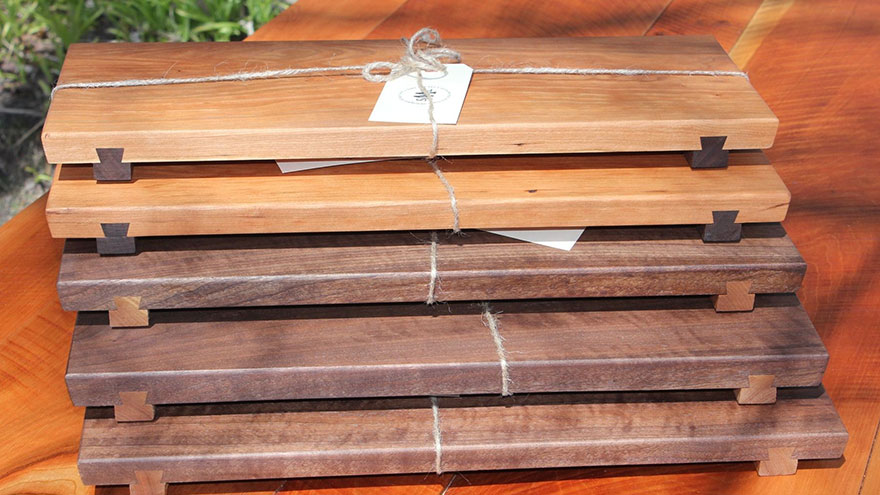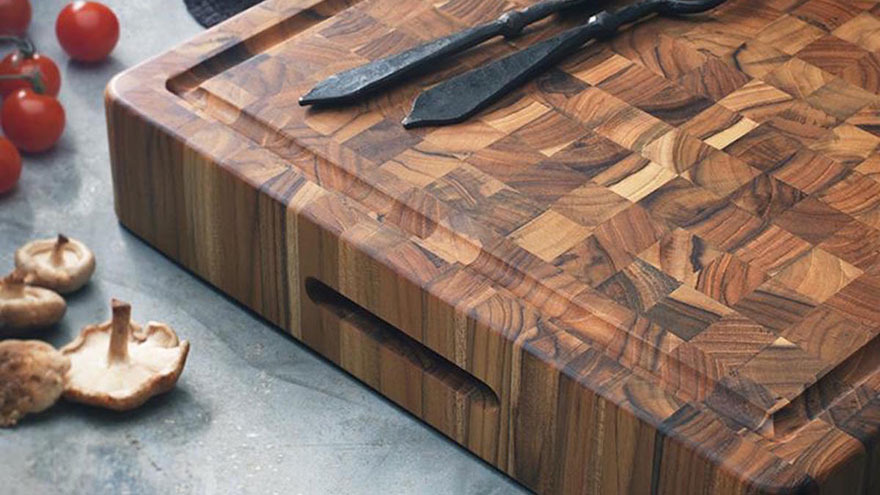Ultimate Guide to Cutting Boards
I have a confession: I’ve long hated cutting boards.
I hate hauling them out of the cupboard, finding space for them on an already cluttered counter, finding room on the board for everything I need to prepare, and cleaning them.
I hate cutting boards so much, I often find myself cutting foods in my hand (definitely not safe, as the scar on my middle finger proves) or chopping on my counter (not exactly great for its longevity, either).
But I also know a good cutting board is a chef’s friend, so I’m turning a new leaf and finding just the right cutting board for me. Could you use a better cutting board, too?
Which Cutting Board is Best : Wood or Plastic?
Personally, I like plastic because I can toss it in the dishwasher, making clean up easier. I also know the dishwasher is hot enough to thoroughly disinfect the board. But if you want a cutting board that looks attractive hung on a wall, wood is certainly more appealing. Too, wood will keep your knives sharper long.
Wood cannot go in the dishwasher, must be disinfected with a little bleach, and will require oiling now and then to maintain its beauty and prevent cracks and warping.

Studies show neither wood nor plastic keep bacteria at bay better than the other; the key here is simply good cleaning.
Other possibilities include tempered glass, which is durable but hard on knives, Corian, which is non-porous and doesn’t stain easily, and marble or ceramic, which are quite porous and not so knife-friendly.
What is the Best Size of Cutting Board to Use?
I prefer to use the smallest cutting board I can get away with, but this means I require boards of several sizes. If I had more counter space, I could save cupboard space by having two large boards: One for meats and fish and one for vegetables and similar foods.

Keeping meats and fish on their own board prevents spreading bacteria to foods that might not get cooked thoroughly, and is recommended by the U.S. Department of Agriculture.
If space is short, consider cutting boards that hang on the wall.
How Much do Cutting Boards Cost?
No matter how much you love your cutting board, it should be replaced when it develops deep grooves. Those grooves are just too difficult to clean well, which could lead to food poisoning. Therefore, you probably don’t want to drop a ton of cash on any cutting board.

How do You Maintain a Cutting Board?
Read and follow the manufacturer’s directions for cutting board care, but never buy a board that can’t be cleaned in the dishwasher or with bleach. Then, be sure the board is completely dry before storing it.
Worn wooden cutting boards can be refinished by sanding them and applying a seal marked food safe?
To season a wood cutting board before you use it the first time (or to care for it monthly as it begins to dry out), use USP-grade mineral oil, available in drug stores. It’s not a good idea to use vegetable or olive oil since it can turn rancid, thereby making your board unsafe for food.

Warm the oil slightly on the stove, then wipe it onto the board with a clean cloth, following the direction of the wood grain. Let the soil sit for about half an hour, then add another coat. Repeat until you have four to six coats in place.
Check out the video version of this article on YouTube

